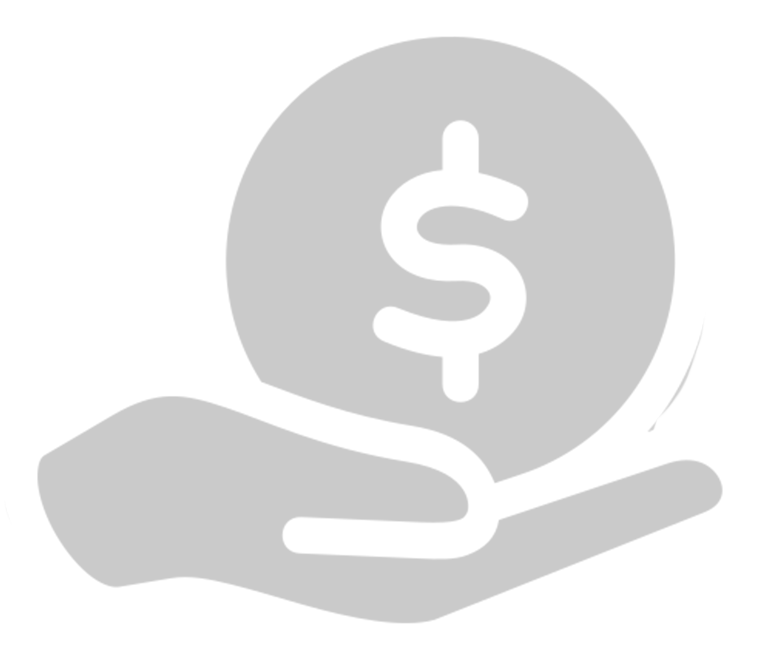None of us likes to look in the mirror and see our hair getting thinner. Yet at some point in life, most men—and a lot of women, too—will see less hair and more scalp when they look at their reflections. You’ve probably heard that baldness is due to heredity, but what’s the catalyst?
Tabla de Contenidos
Hair’s Primary Adversary: DHT
Several factors come together to cause hair loss, but the chief protagonist is dihydrotestosterone, or DHT. It’s a naturally-occurring male hormone, which is necessary for developing male secondary sex characteristics, such as body hair and high muscle mass. DHT is created when the primary male hormone, testosterone, chemically binds to what’s called 5-alpha receptors, then collects in hair shafts. This has the effect of choking out the follicles, so hairs become thinner and weaker, until they stop growing altogether. It’s a gradual process that becomes more prominent with age, as more DHT accumulates.
DHT and Male Pattern Baldness
While everybody has DHT (women have it, although in a much smaller amount), men who are genetically predisposed to thinning hair have what’s called androgenic alopecia, or male pattern baldness. The buildup of DHT starts to slow the regrowth of hair, starting in the temples, forehead, and crown until eventually only a fringe of hair on the sides and back of the head remains. It’s a natural process—although that may be of little comfort to those who experience it—but it can have devasting psychological effects on body image, especially among younger men. So, what can be done about the DHT problem?
Eliminating Other Causes First
The human body is a complex organism; hair loss can be caused by problems other than heredity, including certain illnesses, medications, an under-performing thyroid, hormonal imbalances, stress, or nutritional deficiencies. It’s always a good idea to rule out these problems, just as a matter of good health. And don’t panic if you see hair in the shower drain: we typically lose around 100 hairs every day. It’s when the hair doesn’t grow back and you see a receding hairline and thinning crown that it’s probably DHT that’s to blame, and that’s where treatment should focus.
Going Straight to the Source
DHT isn’t inherently bad. In fact, it’s a normal part of metabolism and it contributes to various bodily functions, especially in men. But, like many other naturally-occurring substances, too much of it can cause problems, and that’s what happens when it concentrates on the scalp. So the goal of HTP-blocking treatments is to inhibit it so that your hair has a chance to grow. There are several things that can help:
- Medications that are designed to block DHT. These include oral and topical drugs, such as Dutasteride, Finasteride (Propecia), and Minoxidil (Rogaine). There are also treatments especially designed for women with hair loss. Taken on a regular basis, these products can obstruct the collection of DHT and prevent it from joining with enzyme receptors that block the natural growth of hair.
- Vitamin and mineral supplements that combat the effects of DHT. Certain nutrients, such as biotin (Vitamin B7) and zinc strengthen hair, while iron builds red blood cells that transport oxygen to the scalp. Supplements can be taken orally, with the supervision of a health care professional, or through mesotherapy (microinjections to the scalp) using vitamin cocktails such as Toskani.
- A diet that may help block DHT. One of the most important nutrients for hair is protein, along with Omega-3 fatty acids such as those found in fish oil. Lycopene, the substance that makes tomatoes, watermelons, and grapefruit red, is another. Pumpkin oil, green tea, and apple cider vinegar may support your hair as you fight against DHT.
What To Expect from Anti-DHT Therapies
Just as losing a lot of hair isn’t an overnight process, restoring it takes some time, too. But treating the effects of DHT is possible. Depending on the stage of your hair loss, a number of things can happen:
- You may stop, or at least slow down, DHT’s ability to thin your hair
- You may prevent or minimize future hair loss
- You can help your scalp to grow new hair in some cases
You can also combine DHT-fighting treatments with complementary therapies, like mesotherapy, which can work hand-in-hand for a more comprehensive treatment approach. Consider all your options!
Hairfix Has Answers
If you’re thinking about getting help in your fight against DHT and hair loss, look no further than Hairfix Restoration Clinic, just across the border in Tijuana. Here you’ll work with our expert medical staff who specialize in hair, eyebrow transplant in Mexico, and beard transplants, as well as other treatments tailored to your specific needs-and at a cost substantially lower than you’d find in the United States. Contact us today for a free consultation with the best hair restoration in Tijuana and let’s get started on getting you a fuller head of hair! Ask us about mesotherapy hair price and affordable hair restoration.






